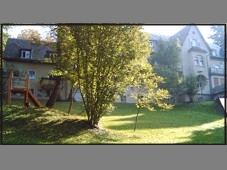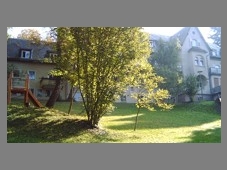Telecine / filmscan Ultra16 and Super16
For professional postprocessing 2K or 4K-scans are standard (pixelsize of hardware is from 5mµ to 7mµ)
|
What size is my digitized picture from my Ultra16 or Super16 filmcamera?
The Super16 S16 filmgate area is slightly larger than Ultra16 / U16 filmgate. But the ratio of 1.66:1 is not the best for standard formats like 1.85:1, 1.78:1, 4:3 or 2.35:1. So there is a loss for cropping!
type A scanning systems -pixel calculation depends from camera and the systems which can differ
|
type B sample laserscanning system: pixelcounts taken from internetoffer or calculated:
|
Before postprocessing its possible to do a software degrain - this depends of the planned endproduct.
Ultra16: CINEMASCOPE or “ Techniscope “ without anamorphic 

Digitally filmrecording allows possible blowups not only to 1.85 widescreen also to 35mm 2.35:1 Cinemascope /Techniscope. You have the chance to think about low budget 35mm cineproductions like “Once upon the time in the West” from Sergio Leone.
Anamorhotic lenses have some weakness against a sharp spherical lens which are used for 16mm cameras. The better spherical lens can compensate a lot of lower resolution of the frame... Todays intermediate films have very good resolution capability. It is a good choice for some new projects - maybe also for HDTV with cinelike letterbox?
Devices:
type A) picture- scanning with optical zoom alignment and digital masking to the required format:
- multiple choices are possible
- no loss of pixels - optical zoom alignment
- masking only software dependant - no hardwarechanges
- qualitiy: zoom lens dependant (lines per mm)
- also available with physical masking for the special format
- (ask your supplier for the pixels of the different picture - framesizes)

type B) max size film- scanning with digital masking to the required format:
- multiple choices are possible
- only software dependant - no hardwarerchanges
- loss of pixels from cropping - system dependant
- (ask your supplier for the pixels of the different picture - framesizes)

grey= frame of scanned area

Technical background Infos for Super8 cameras and older projects:
Filmscanner Telecine background: